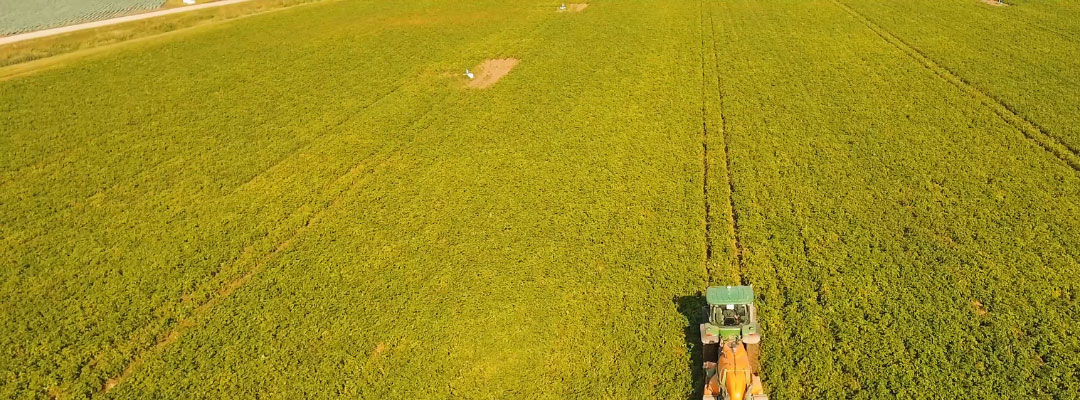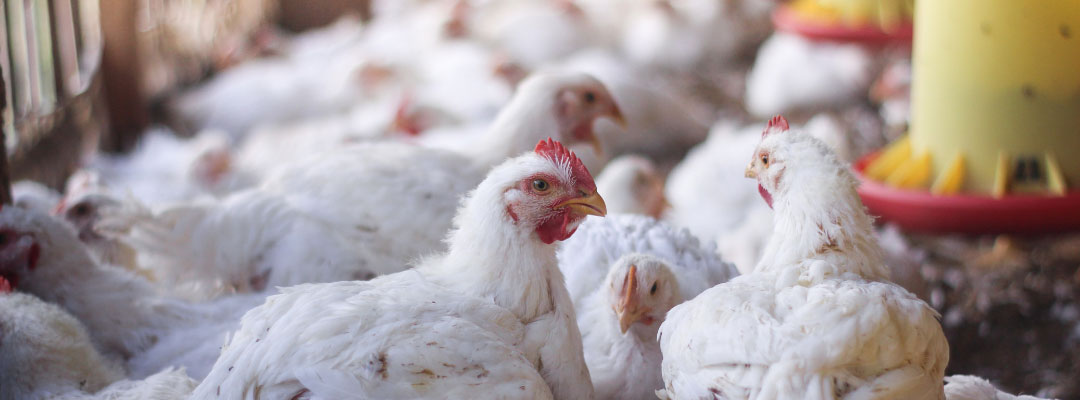In the mid-south, the prevented planting provision of crop insurance is of particular importance. Prevented planting claims have grown 500% since 2012 in the Mid-South. The table below illustrates prevented planting indemnities averaged roughly 10% of all crop insurance claims before 2012, growing to an average of 51% of all claims since that time. In contrast, prevented planting claims in the Midwest comprised only 8% of all claims since 2012, highlighting the importance of the provision to Mid-South row crop production. The use of prevented planting in the Mid-South can partially be attributed to a rise in early-season precipitation in the region (over 90% of all prevented planting claims nationally are due to excess moisture-related issues). Row crop acres located in high moisture areas of the delta also contribute. It is critical to understand the important aspects of prevented planting and how to incorporate crop insurance into farm operating plans and financial risk management strategies.
1) If a prevented planting claim is made and a second harvested crop is not planted, the prevented planting claim will not affect the producer’s APH. 2) If a second crop is planted, the second crop must be insured. The producer will receive 60% of their APH for that year for the first crop and the actual yield for the second crop. The producer will only receive 35% of the indemnity but only pay 35% of the premium owed on the first crop. If there is no claim on the second crop, the producer is eligible to receive the remaining 65% of the prevented planting indemnity for the first crop. Note the producer must also pay the remaining premium on the first crop as well. 3) It is worth being aware that while prevented planting claims do not affect rates through APH, they will typically affect rates through a load factor. Load factors are added to premium rates to help cover administrative costs and to ensure sufficient reserves exist to handle non-yield or extreme claims. Prevented planting adjustments are added through such load factors, and the size of the load will depend on the total amount of prevented planting indemnities made across the state. 4) Before making a prevented planting claim, producers should ensure that they have sufficient eligible acres for the number of prevented planting acres they need to make. A producer is not allowed to claim more prevented planting acres than they have planted in the past. However, a producer can “roll” prevented planting acres into other eligible acres they may have of a different crop. Producers should be sure they have sufficient roll acres of the second crop and that the prevented planting indemnity calculated for the second crop would be sufficient to cover the necessary costs associated with the first crop. 5) Be sure that any land with an intended prevented planting claim satisfies the “1 in 4 rule”. For land to be eligible for prevented planting, it must have been planted, insured, and harvested in one of the last four years. Otherwise, the land must have been adjusted for claims other than excess moisture, flood, or drought in one of the last four years. Land that failed the 1 in 4 rule must meet the mentioned requirement for two consecutive years before becoming eligible again for prevented planting.
Keeping the above points in mind, producers can reap risk protection from prevented planting without unwanted surprises and/or adversely affecting their crop insurance rates.


Author: Lawson Connor
Assistant Professor
lconnor@uark.edu
Connor, Lawson. “Prevented Planting.” Southern Ag Today 2(51.3). December 14, 2022. Permalink











